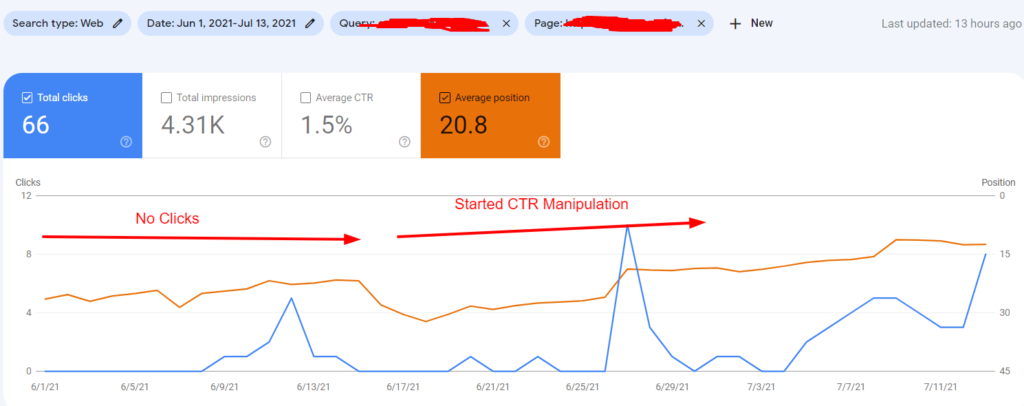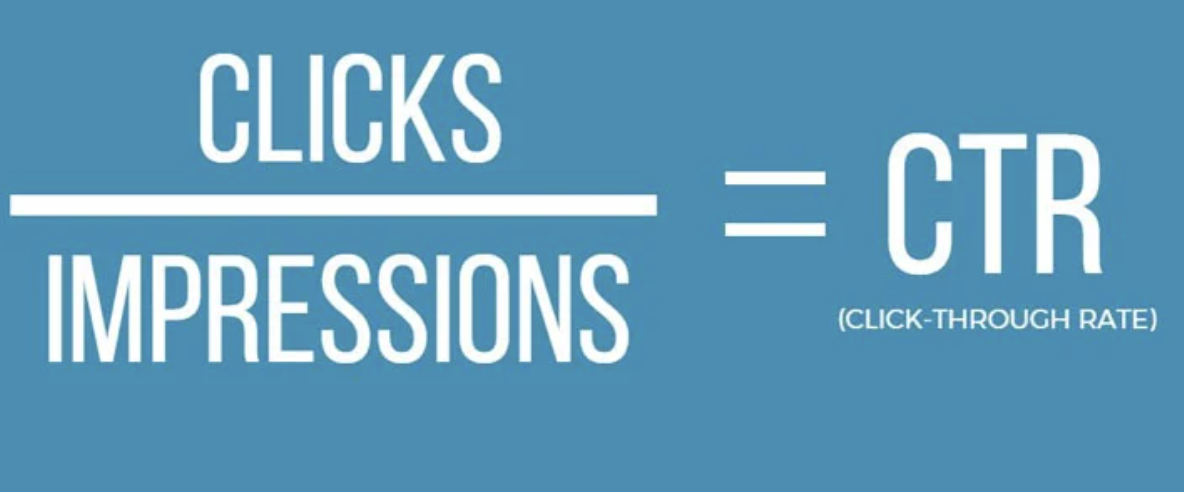CTR Control: A Proven Method for Better Clicks
The idea of click-through price (CTR) control has garnered interest as a calculated approach to enhancing digital marketing results. By using methods such as optimized headings and targeted visuals, online marketers can considerably affect customer involvement. However, this elevates vital ethical considerations that must not be overlooked. As we discover the complexities of effective CTR strategies, one must contemplate: exactly how can marketing professionals balance the pursuit of greater clicks with the crucial of maintaining trust and integrity in their brand name? The implications of this equilibrium are far-ranging and advantage closer exam.
Recognizing CTR Control
Although click-through rate (CTR) adjustment can be a contentious topic, comprehending its devices is necessary for digital marketers and platform managers alike. CTR is the proportion of customers that click a certain link to the total variety of individuals who view a promotion, e-mail, or page. A raised CTR suggests efficient content, while a low CTR may suggest that improvements are essential.
Control of CTR can occur with numerous ways, such as modifying ad positionings, enhancing headings, or changing call-to-action language. These approaches can skew the viewed performance of campaigns, causing prospective false impressions of individual interaction and habits.
In addition, CTR adjustment can impact algorithm-driven platforms, as these systems often prioritize web content based upon engagement metrics. Consequently, inflated CTRs can misguide online marketers into believing that their methods are producing favorable results, potentially throwing away resources on ineffective campaigns.

Techniques for Effective Adjustment

One more technique involves utilizing attractive visuals. Incorporating top quality pictures or video clips can draw users in, making them much more most likely to engage with the web content. In addition, employing A/B screening enables marketers to explore different variants of advertisement calls-to-action, images, and duplicate to identify which reverberates best with the target market.

Moral Considerations in CTR Strategies
As marketing experts discover numerous strategies to improve click-through rates (CTR), it is vital to think about the honest effects of these strategies. Honest advertising and marketing techniques focus on openness, sincerity, and regard for the target market, ensuring that users are not misinformed by misleading tactics that might yield short-term gains however inevitably check over here damages brand name track record.
One significant moral concern emerges from using clickbait headlines, which assure mind-blowing material yet deliver very little worth. Such techniques can wear down count on in between customers and brands, leading to frustration and disillusionment. Additionally, using deceptive images or controling data to develop an incorrect narrative can misstate the actual advantages of a service or product, raising questions regarding honesty.
Customizing material based on individual information can improve involvement, however it must be done with user consent and understanding. Striking an equilibrium in between reliable CTR strategies and ethical factors to consider is necessary for fostering lasting connections with consumers.
Determining the Influence of Modifications
Gauging the impact of adjustments in click-through rates (CTR) is important for analyzing the efficiency of advertising techniques - CTR Manipulation Press Release. This involves collecting data on CTR, conversion prices, and other relevant efficiency signs.
Once adjustments are made, marketers need to utilize A/B screening to contrast the performance of various techniques. This technique permits for a regulated atmosphere where one variable is modified while others continue to be consistent, making it possible for a more clear understanding of the adjustments' impact on CTR. In addition, segmenting data by audience demographics or networks can give insights into which segments respond favorably to particular controls.
Regular analysis of these metrics post-implementation is essential to track development and identify patterns. Using devices such as Google Analytics and warmth maps can improve this analysis, offering a comprehensive sight of user behavior. By consistently measuring the impact of changes, businesses can make informed decisions, enhancing their marketing efforts for boosted engagement and inevitably driving much better efficiency throughout projects.
Long-Term Benefits of CTR Control
The lasting advantages of click-through price (CTR) control extend beyond instant involvement metrics, cultivating sustained development and enhanced brand name presence. By tactically enhancing CTR, firms can cultivate a devoted target market base, as higher engagement usually translates to increased trust and reputation. This trust can facilitate customer retention, ultimately resulting in higher conversion prices in time.
In addition, boosted CTR signals to search engines and social systems informative post that web content is valuable and relevant, which can enhance natural reach. As algorithms focus on high-performing material, brand names that continually attain raised CTRs are most likely to take advantage of boosted visibility in search outcomes and suggested feeds.
In the context of digital advertising and marketing, a greater CTR can likewise cause lower client acquisition prices. As campaigns come to be extra reliable, services can designate resources extra efficiently, taking full advantage of return on financial investment.
Conclusion
Finally, CTR adjustment represents a useful technique for boosting click-through prices through different methods such as maximized headlines and customized content. While the potential for raised involvement is substantial, moral considerations have to guide these approaches to guarantee depend on and integrity are maintained. By systematically More Bonuses measuring the impact of changes and focusing on lasting advantages, companies can successfully utilize CTR manipulation to cultivate sustained consumer loyalty and facilitate brand name development in a progressively affordable electronic landscape.
The principle of click-through rate (CTR) manipulation has amassed attention as a critical method to enhancing digital advertising and marketing results.Although click-through rate (CTR) control can be a controversial subject, comprehending its mechanisms is important for electronic marketers and platform managers alike. An elevated CTR shows effective material, while a low CTR may suggest that improvements are required.
Utilizing strategic strategies for reliable CTR manipulation can dramatically improve customer engagement and campaign efficiency.In conclusion, CTR manipulation represents a useful technique for enhancing click-through rates through different strategies such as optimized headings and tailored web content.